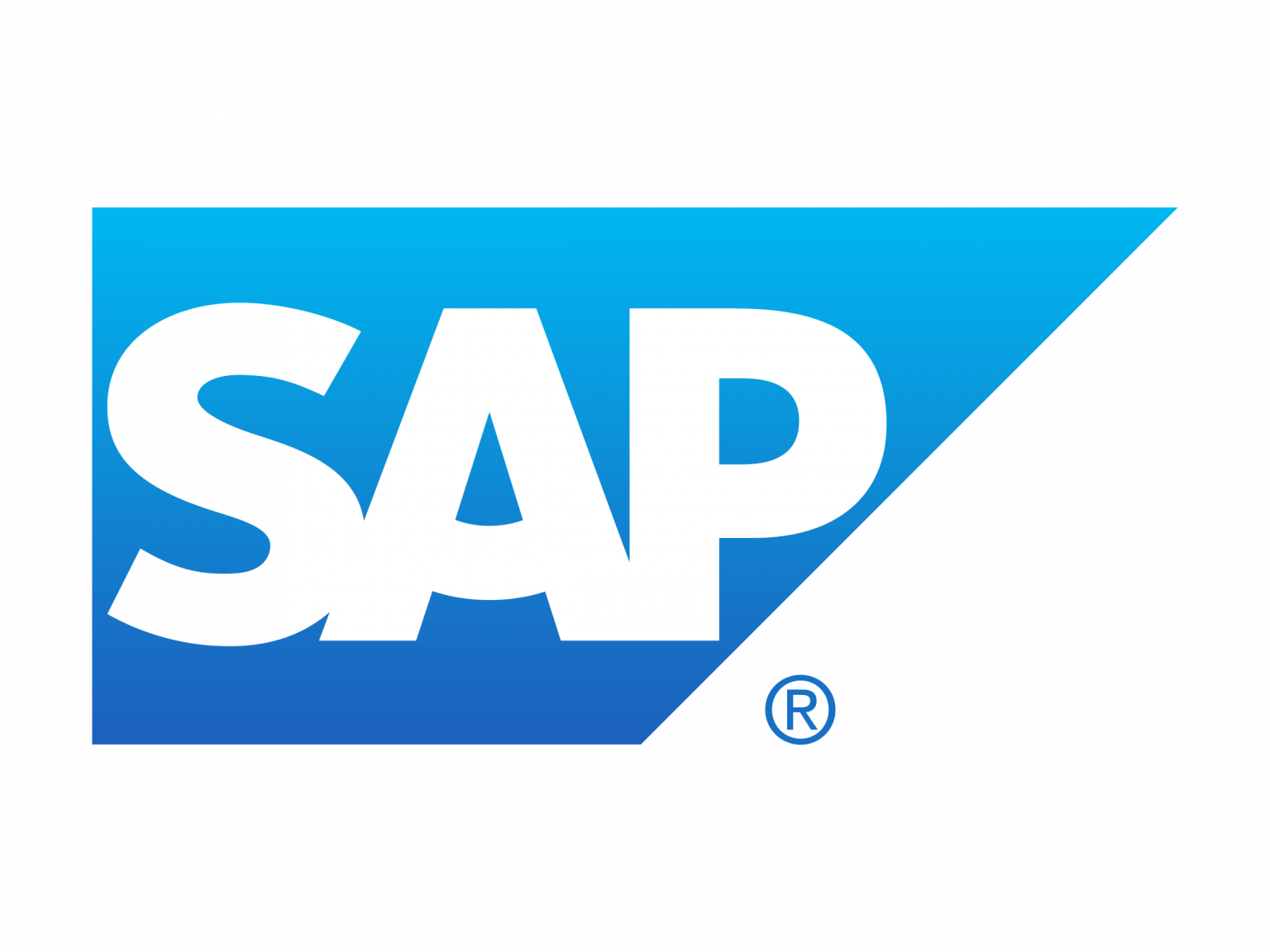
Modernized monolith limited by its strongly coupled back end legacy.
Summing it up

Evaluation of SAP on the basis of the international peer review.
SAP Commerce Cloud does not offer a central extension layer that exists outside of the core applications. New application features cannot be deployed independently of the core application, which significantly limits composability. However, SAP Commerce Cloud offers some practical options for extension. As part of the SAP Customer Experience suite, powerful out-of-the box integrations with other SAP products like Customer Data Cloud and SAP Marketing Cloud are available. Additionally, the Extension Factory was introduced in 2019 to simplify the development of extensions. As for high-code customizations, the possibilities are extensive.
SAP Commerce Cloud is a monolithic platform and not based on a modular system/microservices. Only a few microservices-based modules have been added subsequently. One positive example is the Context-Driven Services, a cloud-native system that provides function-based extension points for end user-facing applications like recommendations, A/B testing, or real-time user segmentation.
SAP Commerce Cloud is not an API-first solution — only newly-added features follow an API-first approach. Overall, the API coverage for business functionalities is quite extensive, but back-office APIs are very limited. In terms of the quality of existing APIs, SAP follows several modern standards like REST or OAuth 2.0 for authorization, and their documentation is comprehensive. Customization requires a great deal of effort as no API configuration features are available.
At the beginning, SAP Commerce Cloud was a private cloud implementation running on a proprietary SAP infrastructure. Today, the platform is a public cloud solution, predominantly running on Microsoft Azure and — in only a few cases — on AWS. It allows a high degree of automation (using Kubernetes) and extensive self-service for operational tasks. However, the monolithic architecture limits the flexibility of the cloud, and updates to the application stack remain massive.
The architecture of SAPCommerce Cloud is not fully headless. Even though the consumer-facing storefront is largely decoupled from the business logic, the backend is not decoupled at all. It is an interdependent legacy system which has grown over a long period of time. But in terms of frontends, SAP Commerce Cloud is well-suited for omnichannel or multichannel purposes and offers five default frontends for different verticals as well as Spartacus, an open-source JavaScript progressive web frontend.
less
Native
First
larity
SAP Commerce Cloud, formerly known as SAP Hybris Commerce, is the latest e-commerce solution of the German software giant SAP. SAP Commerce Cloud was built mainly for large enterprises with advanced B2B, B2C, and B2B2C use cases. It has a large global customer base, and can be used to build end-to-end omnichannel commerce experiences.
Intro
SAP Commerce Cloud offers a single commerce solution for B2C, B2B and B2B2C use cases. Today, it is SAP’s only supported e-commerce platform, but the product as we now know it has a long history. In 2013, SAP acquired the Swiss-German e-commerce software builder Hybris, implementing SAP Hybris Commerce as the first commerce offering in their portfolio. In 2018, the commerce solution was moved to the cloud, bringing it closer to SAP’s CRM and ERP mix. The closely interlinked products "SAP Customer Experience" (SAP CX) and "SAP C/4HANA" were born. In their latest rebranding in 2020, SAP abandoned the term C/4HANA, leaving SAP Customer Experience as the only official reference to their software suite, and SAP Commerce Cloud as its end-to-end commerce solution. The support for Hybris has ended.
Key results
SAP Commerce Cloud has an overall Composable Agility Score of 5.5, with Headless being its strongest subscore at 7.3, largely due to the decoupled Spartacus front end. However, SAP Commerce Cloud is not an API first solution, and its monolithic core without microservices strongly limits customization and composability beyond the strong SAP portfolio integrations. The lowest subscore is Cloud Native with 4.3, due to limited elasticity and problematic updates.
Scoring details
5.9
Composability
Composability defines the business value of fast and simple implementation or removal of functionality to a software application. This can be achieved through out-of-the-box features as well as third party integrations. SAP Commerce Cloud scores at 5.8 for its Composability, which is comparably good for a monolithic platform with such a long history. One reason for this is the powerful extension options within the SAP portfolio. As part of the SAP Customer Experience suite, it offers excellent out-of-the box integrations with other SAP products, including SAP Customer Data Cloud, SAP Marketing Cloud, SAP Service Cloud, and SAP Sales Cloud.
When it comes to extensions beyond the SAP universe, it is very apparent that SAP Commerce Cloud does not offer a central extension layer that exists outside the core applications. That means it is impossible to deploy new features independently of the core application, which significantly limits composability. However, SAP Commerce Cloud offers some practical options for extension. In 2019, the Extension Factory was introduced to simplify development efforts. One aspect that it includes is Kyma runtime, an open-source project designed on Kubernetes that makes it possible to work around the limitations of a monolithic architecture. Triggered by business events in SAP Commerce Cloud, extension modules are executed within Kyma and outside the legacy application. This creates possibilities that monoliths cannot otherwise offer, but it remains a workaround. So the SAP Commerce Cloud does offer options for individualization, but they always require substantial development effort.
4.6
Modularity
Modular systems can be achieved in various ways, e.g. via microservices or PBCs (Packaged Business Capabilities). Due to the increasing relevance of composable solutions, modular systems are becoming more and more essential and must be adaptable accordingly.
Microservice architecture organizes an application as a collection of loosely-coupled services. This has the benefit of allowing rapid, frequent and reliable delivery of even large, complex applications. SAP Commerce Cloud is a monolithic platform and not based on microservices. In order to modernize the architecture, a few microservices-based modules have been added on. Context-Driven Services are one of these positive examples. They are a cloud native system that provides function-based extension points for end user-facing applications like recommendations, A/B testing, or real-time user segmentation. This means that functionalities delivered through Context-Driven Services are built externally, but can be fully leveraged by the overall system. This does not resolve the problem of the monolithic core, but comes much closer to the microservices approach.
In terms of monitoring of individual services, SAP Commerce Cloud comes with built-in Dynatrace monitoring, some pre-built dashboards, and the possibility to extend technical capabilities at extra cost. This is well above the industry standard. Documentation is incomplete for some legacy parts of the product, but it has been improved overall and all product releases in recent years have come with comprehensive documentation.
5.3
API First
SAP Commerce Cloud is not an API first solution. For example, SAP Upscale Commerce, SAP’s direct-to-consumer (D2C) selling engine, is API first, but it is a completely independent product. For SAP Commerce Cloud, only newly added features follow an API first approach, but compared to the overall product, the share is still quite low. However, even for the legacy part of the product, API endpoints have been added, so that overall there is extensive API coverage for business functions. In terms of back office APIs, however, coverage is still fairly low. All SAP Commerce Cloud APIs follow several modern quality and security standards like REST or OAuth 2.0 for authorization, and their documentation is comprehensive. Customization requires high effort as no API configuration features are available.
One major drawback is customization. Custom integrations are possible, but complicated. SAP Commerce Cloud offers some basic ready-made templates to start with, but custom integrations still require a lot of effort. No API configuration features or API gateways are available, and it is not possible to reflect data model changes in the API.
4.3
Cloud Native
Cloud native is an agile, conceptual approach to developing and running applications entirely in the cloud. Initially, SAP Commerce Cloud was a private cloud implementation running on a proprietary SAP infrastructure. Today, the platform is a public cloud solution, predominantly on Microsoft Azure and, in a very few cases, on AWS. The public cloud version includes a cloud portal where operational tasks can be managed via self-service. It uses Kubernetes for automating application deployment and scaling management.
However, the monolithic architecture limits the elasticity of the cloud, and updates remain massive, especially for the application stack. Only the Context-Driven Services are completely versionless.
7.3
Headless
Headless software, and headless commerce in particular, describes an architecture that completely separates the business logic, data, and complex functionality from the client-side front end. The architecture of SAP Commerce Cloud is headless in many regards, but not throughout. The consumer-facing storefront is largely decoupled from the business logic. The biggest downside, however, is that SAP’s back end is not as decoupled as the front end. It is an interdependent legacy system that has developed over a long period of time. The strongest headless-related offering lies in SAP’s Spartacus front end, which was released in 2019. Spartacus is an open-source JavaScript progressive web front end, enabling customers to customize their shopping experience. It is written in Angular and published as libraries to integrate into a progressive web app storefront. Spartacus uses SAP’s Omni Commerce Connect (OCC) API and is thus decoupled from the core platform. Overall, SAP Commerce Cloud is well-suited for omnichannel or multichannel purposes, and offers many possibilities for personalization. Apart from Spartacus, SAP Commerce Cloud also offers five default front ends for different verticals, but not all of them are fully headless.
Bottom line
SAP Commerce Cloud is a globally successful monolithic commerce platform. It has been modernized and benefits from its integration into the larger SAP product portfolio as well as its sophisticated ecosystem. However, orchestration of services requires development efforts, limiting its composability. The decoupled Spartacus front end is the driving force behind the strong headless and omnichannel use cases, but the back end is untouched, and the core remains tightly coupled. Accordingly, microservices have not been introduced yet. The existing alternatives such as Kyma or Context-Driven Services are largely functional, but architecturally different and less flexible than a microservice-based, API first solution. Comparably, SAP Commerce Cloud is not cloud native. While automation and self-service capabilities are above the industry standard, elasticity and updates remain very limited by its monolithic origins.
FAQ























